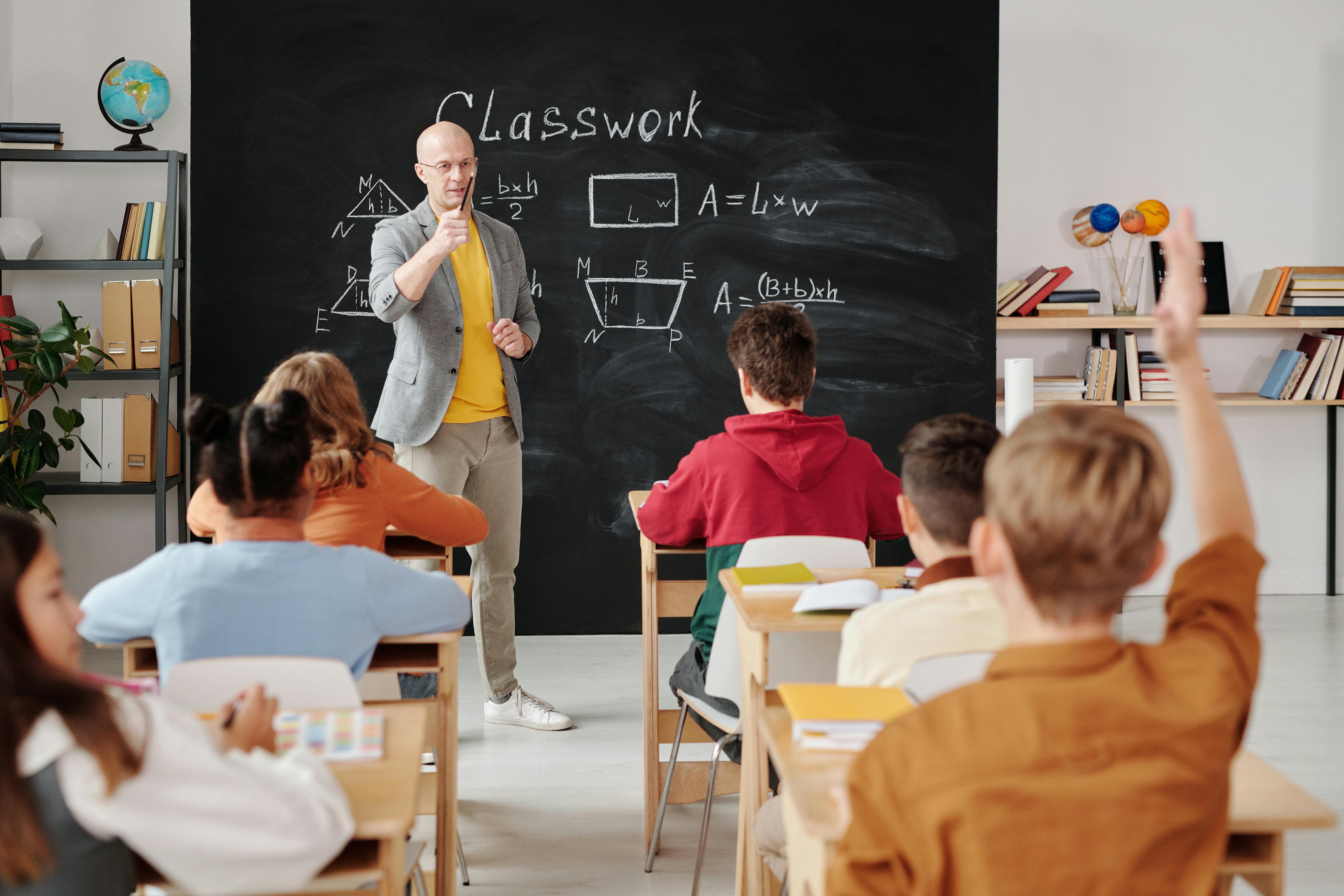Abstract
Artificial intelligence (AI) will have completely changed schooling in 2024, particularly for teenagers. Technology is developing at a rate never seen before, hence it is critical to get the next generation ready for a day when artificial intelligence will be essential.
Knowing AI in 2024
AI, a subfield of computer science devoted to developing computers that can carry out tasks typically requiring human intelligence, has made great strides. Among these are natural language processing, adaptive learning systems, and improved machine learning algorithms. For teenagers, this translates into a more individualized and engaging learning experience that will equip them for a workforce that includes AI.
Applications of AI to Teenage Education
AI-powered classroom technologies have completely changed how we educate. Adapting to each student’s learning pace, intelligent tutoring solutions like Squirrel AI make sure no one falls behind. Additionally, software controlled by AI may assess a student’s talents and shortcomings and develop customized study regimens.
Furthermore benefited by AI are extracurricular activities. Teens’ inventiveness is increased by tools like Google’s AutoDraw, which turns rough sketches into finished drawings. This not only increases the interest of learning but also gives pupils useful abilities for the digital age.
AI is customizing educational opportunities as well. Real-time feedback from platforms like DreamBox enhances the effectiveness and interaction of math classes. Through the provision of the necessary support to every student, these resources promote a more inclusive learning environment.

Challenges and Moral Issues
AI presents problems even if it has many advantages. Privacy of data is one big worry. Schools have to make sure that personal data of pupils is safeguarded against hacks. AI use must also be done ethically. For AI systems to avoid treating any student group unfairly, biases must be addressed. To guarantee the ethical and just application of AI, educators need to receive training in identifying and reducing these hazards.
Case Studies & Success Stories
AI has been effectively included into the curriculum of some schools. In its computer science classrooms, Montgomery Blair High School in Maryland, for instance, has included AI-driven technologies. Nowadays, students get a practical grasp of AI by studying how to train machine learning models.
An interesting example is Brooklyn High School of the Arts, which improves its arts offerings via AI. Students can develop their creativity by writing music and making digital artwork on sites like Magenta. These success examples show how artificial intelligence (AI) can enhance schooling and give youths skills that will be useful in the workforce of the future.

Ahead Views
The potential of AI in teaching seems bright. Further revolutionizing learning are predicted to be emerging technologies like quantum computing and sophisticated neural networks. These developments may result in ever more advanced teaching resources that increase the effectiveness and immersion of learning. AI has enormous promise to keep reshaping the educational system and getting kids ready for a future in which human intelligence and technology coexist together.
Synopsis
By 2024, artificial intelligence will have completely changed adolescent education. AI can help schools design more effective, individualized, and interesting learning environments. But it is imperative to handle AI deployment sensibly and morally so that every learner gains fairly. To fully utilize AI in education, innovation and care in its application will be essential.






